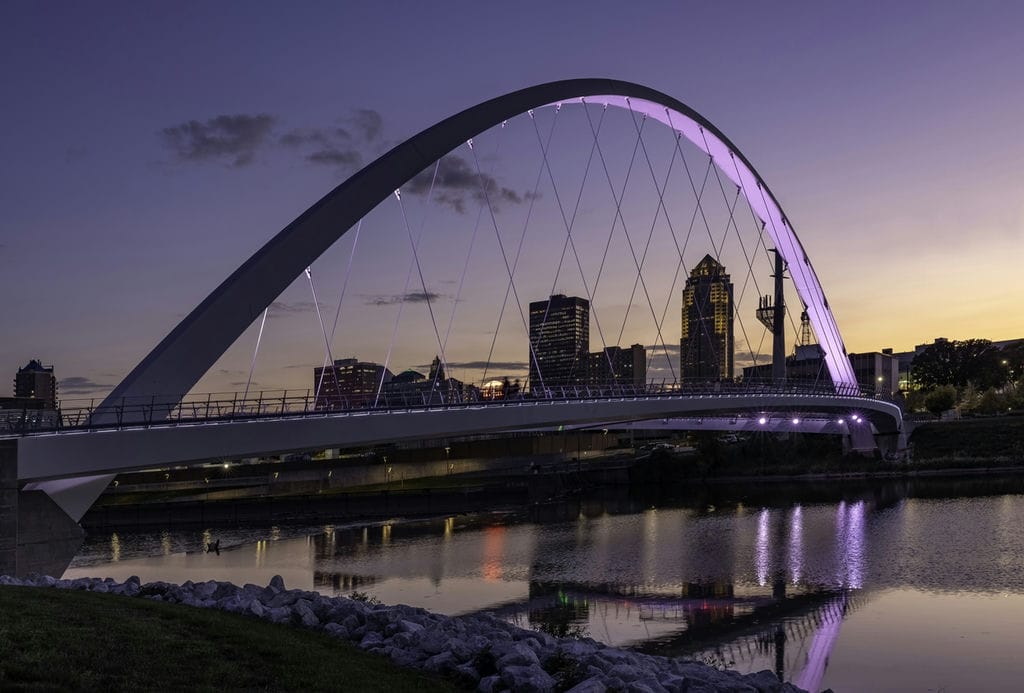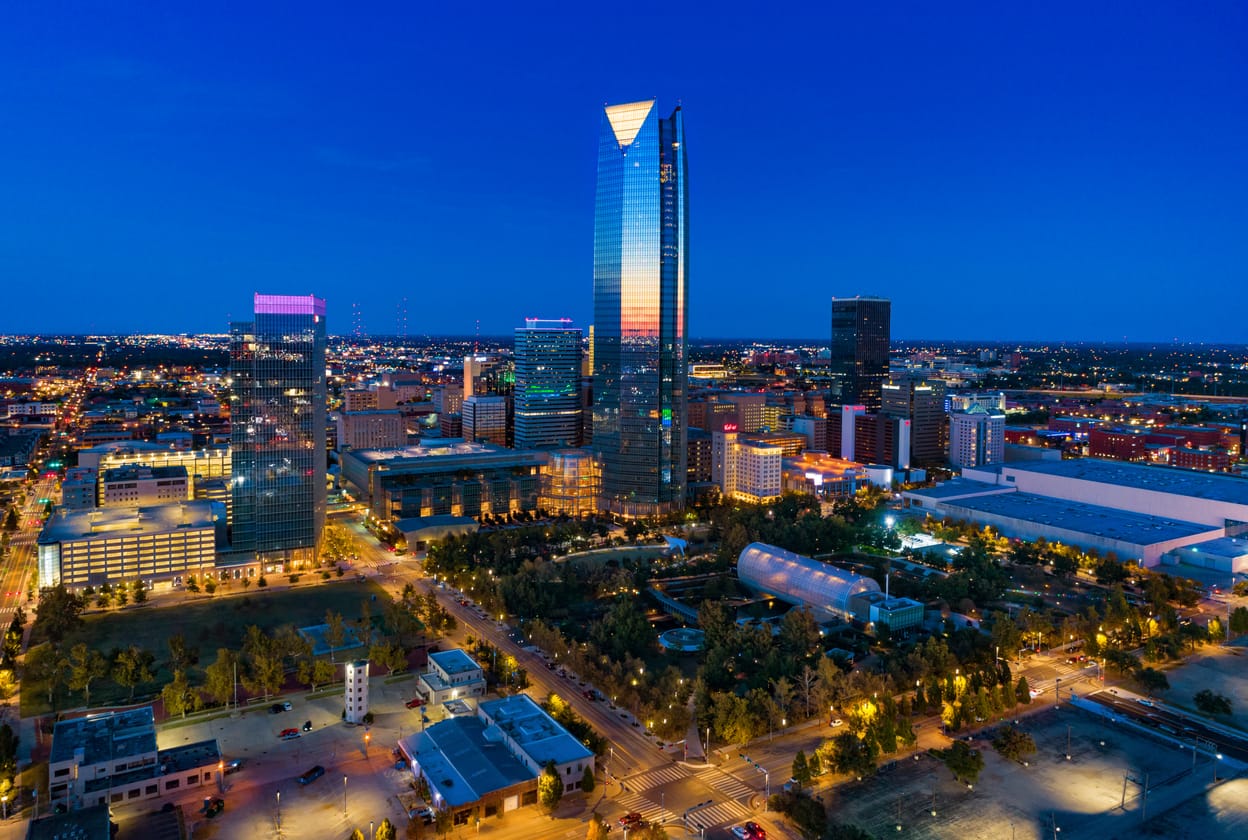Shipping from the State of Iowa to Oklahoma
Iowa was admitted to the union as the 29th state on Dec. 28, 1846. As a Midwestern state, Iowa forms a bridge between the forests of the east and the grasslands of the high prairie plains to the west. Its gently rolling landscape rises slowly as it extends westward from the Mississippi River, which forms its entire eastern border. The Missouri River and its tributary, the Big Sioux, form the western border, making Iowa the only U.S. state that has two parallel rivers defining its borders.

Iowa is bounded by the states of Minnesota to the north, Wisconsin, and Illinois to the east, Missouri to the south, and Nebraska and South Dakota to the west. Des Moines, in the south-central part of the state, is the capital. The state name is derived from the Iowa Native Americans and people who once inhabited the area.
The state motto-Our liberties we prize, and our rights we will maintain attributes to its identical phenomenon. Wild Rose is the state flower.
Shipping to the State of Iowa to Oklahoma
The land that today composes Oklahoma was added to the USA as part of the Louisiana Purchase of 1803. Throughout the 19th century, the U.S. government relocated Indian tribes from the southeastern United States to the area, and by 1900, over 30 Indian tribes had been transferred to what was originally called the Indian Territories. At the same time, ranchers in Texas started to relocate into the area searching for new pasture lands, as well as the government at some point opened the land to settlement, creating “land runs” in which inhabitants were enabled to go across the border at a specific hr to insurance claim homesteads.

Settlers that broke the law as well as crossed the boundary faster than enabled were called “Sooners,” which ultimately came to be the state’s nickname. Oklahoma ended up being the 46th state in 1907, complying with numerous acts that incorporated an increasing number of Indian tribal lands into the UNITED STATE area. After its inclusion in the union, Oklahoma ended up being a center for oil manufacturing, with much of the state’s early development coming from that industry. Throughout the 1930s, Oklahoma experienced droughts as well as high winds, ruining numerous ranches and developing the well-known dust bowl of the Great Clinical depression era.
